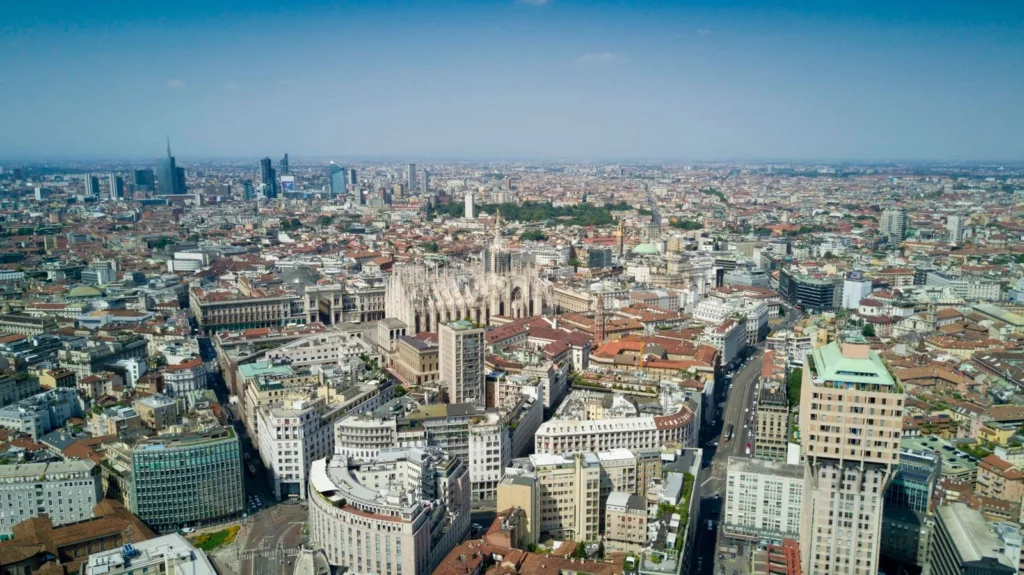
Italy’s Flat Tax Is Quietly Reshaping Its Real Estate Market
The Italian government’s flat tax regime, which was first introduced in 2017 and increased to €200,000 in 2024, has been quietly reshaping the country’s real estate market. The significant shift is a result of the policy’s ability to attract high-net-worth individuals (HNWIs) from around the world.
As global wealth migration continues to set new records, with over 142,000 millionaires expected to relocate in 2025 alone, Italy is emerging as an attractive destination for these high-income earners. In fact, the country is projected to welcome approximately 3,600 HNWIs – a substantial shift that was not seen before the introduction of this tax regime.
The impact on the real estate market has been immediate and profound. The prime residential property market in cities like Milan, Rome, and Florence is experiencing unprecedented demand. In fact, prices in these areas have increased by as much as 15-28% over the past five years. This surge in interest is not limited to these major urban centers; formerly overlooked districts such as Bovisa and Lambrate are also witnessing significant growth.
However, while this influx of capital is driving up property values, it is also posing structural challenges that must be addressed. Supply cannot keep pace with demand, particularly in the most sought-after neighborhoods where properties often receive multiple offers and sell within weeks. Developers face rising construction costs, lengthy permitting timelines, and increasingly complex energy-efficiency regulations – all of which are hindering the delivery of new projects.
Additionally, the affordability crisis that has long plagued these cities is being exacerbated by the influx of foreign capital. Without a corresponding increase in supply, Italy risks replicating the same unaffordability seen in other global cities.
Source: www.forbes.com


